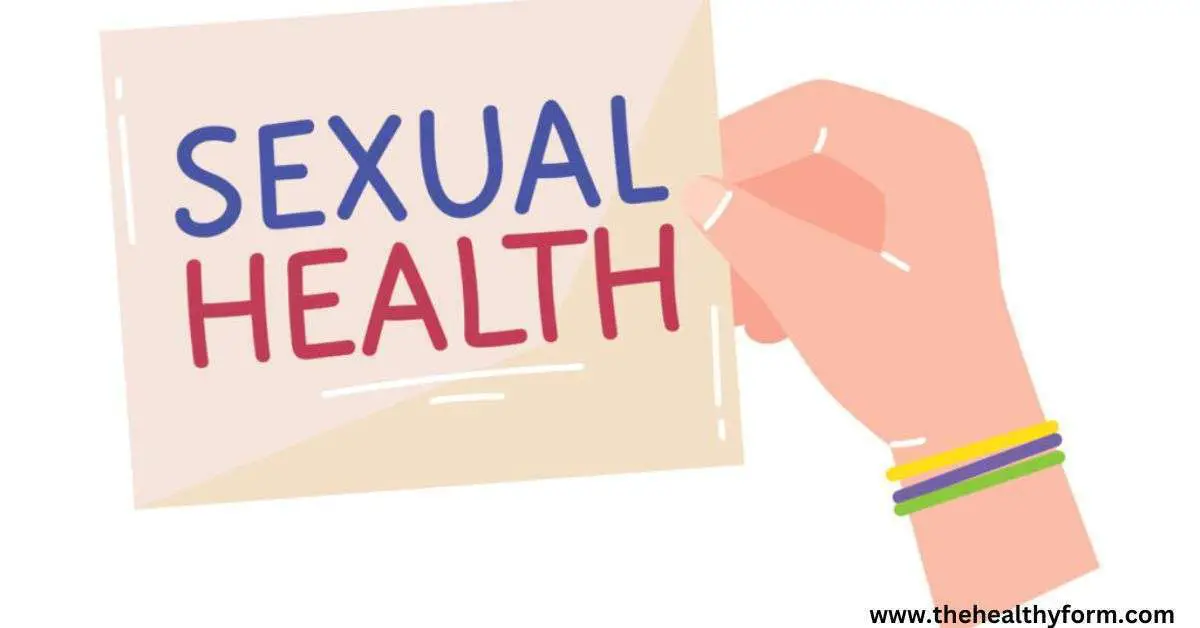Safer Sex Practices for a Healthy and Fulfilling Sex Life
Sexual health is important to overall health and well-being, and practicing safer sex is crucial for maintaining good sexual health. Safer sex practices include using condoms, dental dams, and other barriers during sexual activity to reduce the risk of sexually transmitted infections (STIs) and unintended pregnancy.
At The Healthy Form, we understand the importance of educating individuals on how to practice safer sex. We have created a blog that delves into the safer sex practices individuals can adopt to protect themselves and their partners from STIs and unintended pregnancy.
Our blog provides information on how to use condoms, dental dams, and other barriers correctly and consistently to reduce the risk of STI transmission. We also emphasize the importance of communication and honesty with sexual partners to ensure that both parties are on the same page when practicing safer sex.
Additionally, we explore low-risk sexual behaviors individuals can engage in to reduce the risk of STIs and unintended pregnancy. These behaviors include mutual masturbation, outercourse, and avoiding high-risk sexual activities such as unprotected anal or vaginal sex.
By following these safer sex practices, individuals can take control of their sexual health and protect themselves and their partners from the risk of STIs and unintended pregnancy. At The Healthy Form, we believe everyone deserves a healthy and fulfilling sex life, and practicing safer sex is a crucial step in achieving that goal.

What are Safer Sex Practices?
Safer sex practices are behaviors and actions individuals can take to reduce the risk of STI transmission and unintended pregnancy. Some examples of safer sex practices include:
Using condoms consistently and correctly
- Condoms are the most effective way to prevent STIs transmitted through genital fluids, such as HIV and gonorrhea. Condoms should be used consistently and correctly during vaginal, oral, and anal sex to reduce the risk of transmission.
Using dental dams consistently and correctly
- Dental dams are thin sheets of latex or polyurethane that can cover the anus or female genitals during oral sex. Dental dams can help reduce the risk of STI transmission during oral sex.
Engaging in low-risk sexual behaviors
- Some sexual behaviors are associated with a lower risk of STI transmission and unintended pregnancy. These behaviors may include kissing, massaging, and mutual masturbation.
Limiting the number of sexual partners
- The more sexual partners you have, the greater the risk of STI transmission and unintended pregnancy. Limiting the number of sexual partners, you have can help reduce the risk of these outcomes.
Getting tested regularly
- Regular STI testing can help identify and treat infections early, reducing the risk of complications and transmission to others. Many STIs have no symptoms, so it is important to get tested even if you do not.
Using condoms and other barriers consistently and correctly
Consistently and correctly using condoms and other barriers during sexual activity can help reduce the risk of STI transmission and unintended pregnancy. This includes using condoms every time you have sex and using them correctly, such as ensuring they are not damaged and appropriately stored.
Planning
- It is important to have condoms and other barriers before engaging in sexual activity. This can help ensure that they are available when needed and that they are used consistently and correctly.
Knowing your options
- There are many types of condoms and other barriers available, and choosing ones appropriate for your needs is important. It is also important to know about different types of contraception and how to use them correctly to prevent unintended pregnancy.
Awareness of the risks
- Different types of sexual activity carry different risks for STI transmission and unintended pregnancy. It is important to be aware of these risks and to take steps to reduce them.
How Can Safer Sex Practices be Implemented?
There are several ways in which individuals can implement safer sex practices in their lives. These include:
Communicating with partners
- Open and honest communication with your sexual partners is important in practicing safer sex. This includes discussing your STI status, the use of condoms, and other barriers.
Using condoms and other barriers consistently and correctly
Consistently and correctly using condoms and other barriers during sexual activity can help reduce the risk of STI transmission and unintended pregnancy. This includes using condoms every time you have sex and using them correctly, such as ensuring they are not damaged and stored properly.
Planning
- It is important to have condoms and other barriers before engaging in sexual activity. This can help ensure that they are available when needed and that they are used consistently and correctly.
Knowing your options
- There are many types of condoms and other barriers available, and choosing ones appropriate for your needs is important. It is also important to know about different types of contraception and how to use them correctly to prevent unintended pregnancy.
Awareness of the risks
- Different types of sexual activity carry different risks for STI transmission and unintended pregnancy. It is important to be aware of these risks and to take steps to reduce them.
FAQ about Safer Sex Practices
Some of the most common questions people have about safer sex practices are:
What are some examples of safer sex practices?
Examples of safer sex practices include using condoms, getting tested for STIs, using barrier methods (such as dental dams) during oral sex, and choosing lower-risk sexual activities.
How effective are condoms at preventing STIs?
When used consistently and correctly, condoms are highly effective at preventing the transmission of many STIs, including HIV, chlamydia, gonorrhea, and syphilis.
How often should I get tested for STIs?
It is recommended that sexually active individuals get tested for STIs at least once a year or more frequently if they have multiple sexual partners or engage in high-risk sexual behaviors.
Can I still get pregnant even if I use condoms?
While condoms are highly effective at preventing pregnancy, there is still a small risk of pregnancy with typical use (about 13%). To further reduce the risk of unintended pregnancy, it is recommended to use another form of contraception (such as birth control pills or an IUD) in addition to condoms.
How can I talk to my partner about safer sex practices?
It can be helpful to have an open and honest conversation with your partner about your sexual health history and your expectations for safer sex practices. You can also discuss ways to make safer sex more enjoyable and comfortable for both partners.
Conclusion
Safer sex practices are behaviors and actions individuals can take to reduce the risk of STI transmission and unintended pregnancy. These practices include using condoms and other barriers consistently and correctly, engaging in low-risk sexual behaviors, limiting the number of sexual partners, and getting tested regularly. By implementing these practices, individuals can protect themselves and their partners from STIs and unintended pregnancy and promote good sexual and reproductive health. Practicing safer sex is essential to maintaining good sexual health and overall well-being.
By adopting safer sex practices, such as consistently and correctly using condoms, dental dams, and other barriers, individuals can protect themselves and their partners from STIs and unintended pregnancy risks. Open and honest communication with sexual partners, awareness of the risks, and planning are also crucial in implementing safer sex practices. At The Healthy Form, we are committed to providing individuals with the information and resources they need to take control of their sexual health and lead a healthy and fulfilling sex life.





